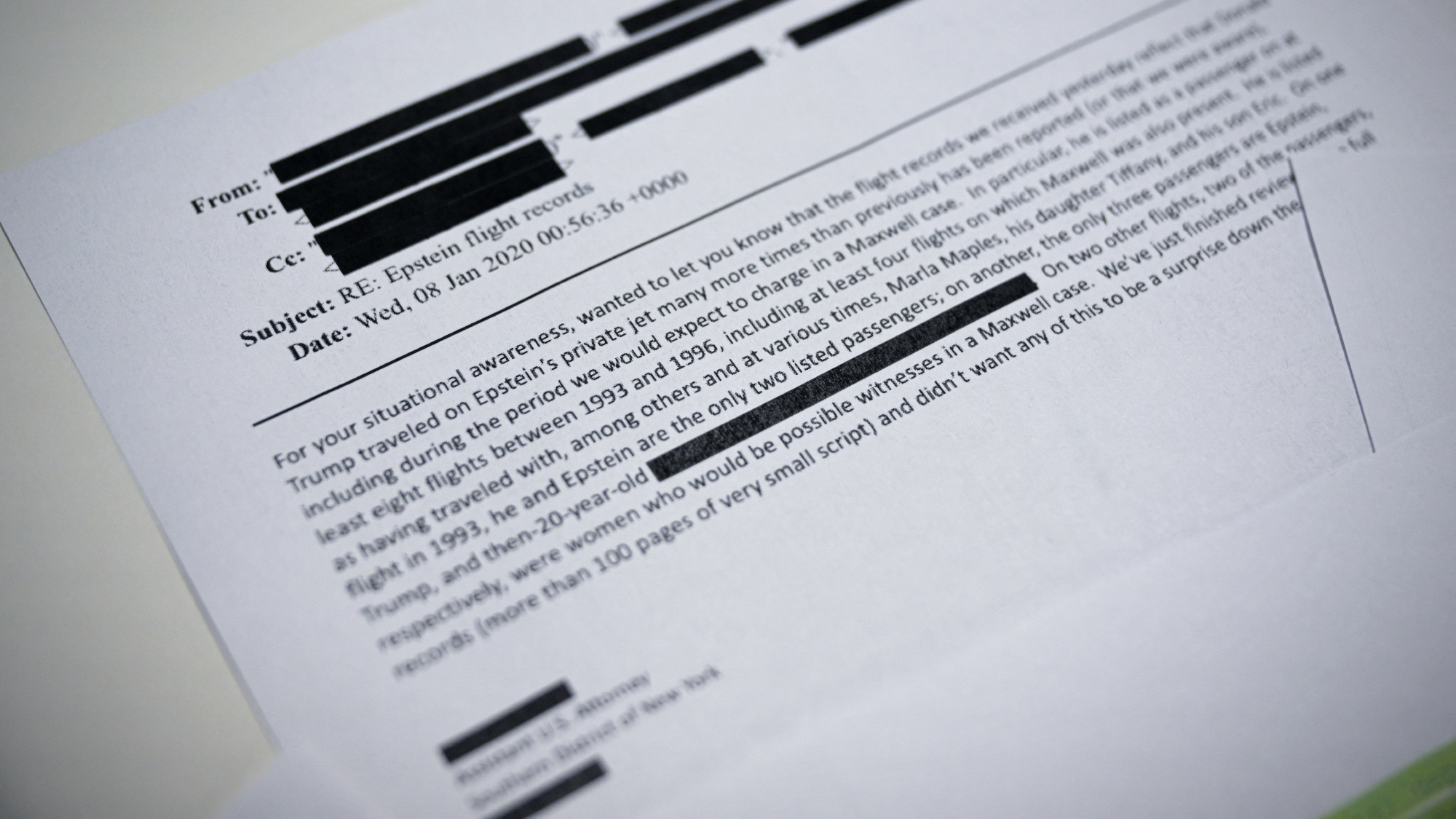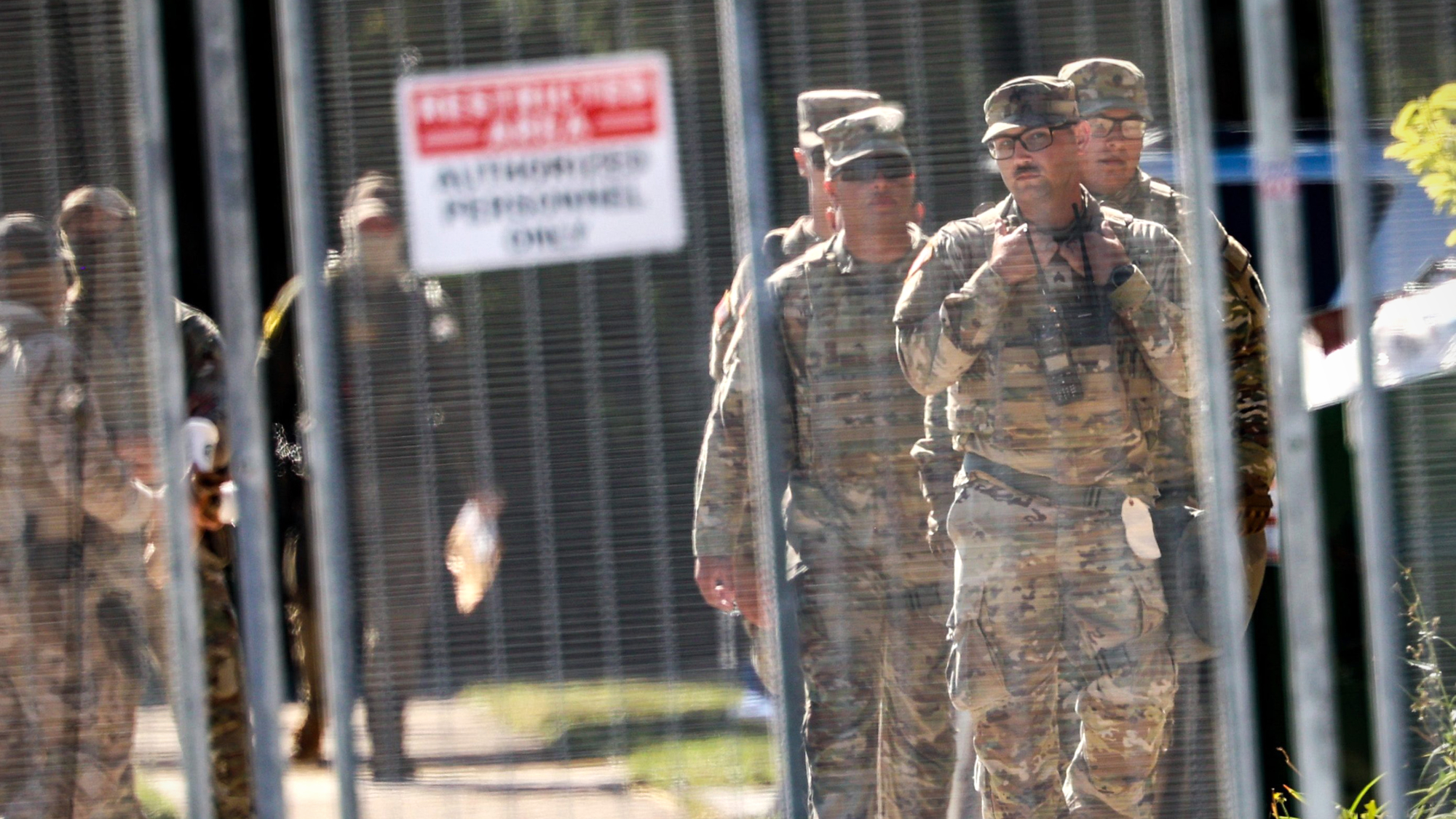Who’s Afraid of Virginia Woolf?
This “knockout” version by the Steppenwolf Theatre Company is destined for Broadway.
Steppenwolf Theatre Company
Chicago, (312) 335-1650
****
The Week
Escape your echo chamber. Get the facts behind the news, plus analysis from multiple perspectives.

Sign up for The Week's Free Newsletters
From our morning news briefing to a weekly Good News Newsletter, get the best of The Week delivered directly to your inbox.
From our morning news briefing to a weekly Good News Newsletter, get the best of The Week delivered directly to your inbox.
“I defy any onlooker to this electrifying, often revelatory revival” to take his eyes off the stage for one second, said Hedy Weiss in the Chicago Sun-Times. It takes a cast and director of the highest caliber to tackle Edward Albee’s turbulent 1962 classic, lest the explosiveness of this “most uncivil of domestic civil wars” between a middle-aged professor and his wife be reduced to “shrill, one-note braying.” In fact, for years the playwright refused to let it be performed at the Steppenwolf, fearing that the company might take too many liberties with the script. But after seeing Tracy Letts and Amy Morton play George and Martha in rehearsal, Albee finally relented. Small wonder: Directed by Pam MacKinnon, this “knockout” version mixes ferociousness and nuance in a way that would satisfy any audience. A “move to Broadway” is almost inevitable.
A great deal of the credit falls on the “hunched shoulders” of Tracy Letts’ “spellbinding George,” said Charles Isherwood in The New York Times. Best known nationally as the playwright who created 2007’s Tony- and Pulitzer-winning August: Osage County, Letts returns to his performing roots here in what is usually the more muted, “less showy of the two central roles.” It “takes nothing away from Morton’s bone-dry, adroit performance” as the more outwardly spiteful Martha to say that Letts’ “commanding performance” dominates the proceedings. We soon realize that George’s “spineless milquetoast” exterior hides a capacity for astonishing ruthlessness. When he finally hits Martha where it really hurts, tearing away her “comforting fantasies” of the son she never had, it “makes you catch your breath.”
Virginia Woolf can’t possibly carry “the same shock value” as it did half a century ago, said Kris Vire in Time Out Chicago. The play’s “profanity and psychological brutality” were immensely provocative then; in today’s theater world, they’re virtually old hat. The transfixing power in this production lies not in any cultural boundaries it breaks but in the couple’s ever-shifting power dynamic. Under MacKinnon’s direction, the leads are allowed to tear into each other while still making it believable that these two conflict-addicted people could stay married. Even when George and Martha are at their most devastating, they somehow “find love among the ruins.”
A free daily email with the biggest news stories of the day – and the best features from TheWeek.com
-
If/Then
feature Tony-winning Idina Menzel “looks and sounds sensational” in a role tailored to her talents.
-
Rocky
feature It’s a wonder that this Rocky ever reaches the top of the steps.
-
Love and Information
feature Leave it to Caryl Churchill to create a play that “so ingeniously mirrors our age of the splintered attention span.”
-
The Bridges of Madison County
feature Jason Robert Brown’s “richly melodic” score is “one of Broadway’s best in the last decade.”
-
Outside Mullingar
feature John Patrick Shanley’s “charmer of a play” isn’t for cynics.
-
The Night Alive
feature Conor McPherson “has a singular gift for making the ordinary glow with an extra dimension.”
-
No Man’s Land
feature The futility of all conversation has been, paradoxically, the subject of “some of the best dialogue ever written.”
-
The Commons of Pensacola
feature Stage and screen actress Amanda Peet's playwriting debut is a “witty and affecting” domestic drama.


